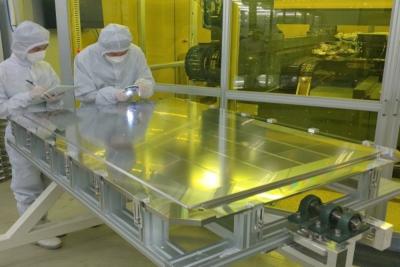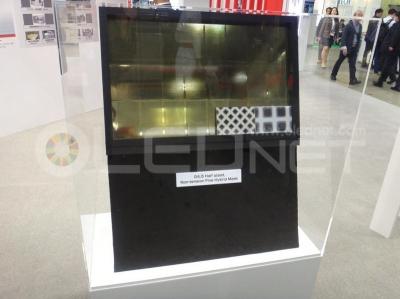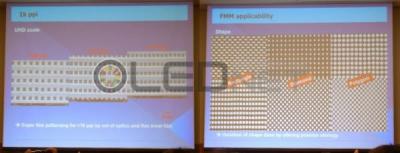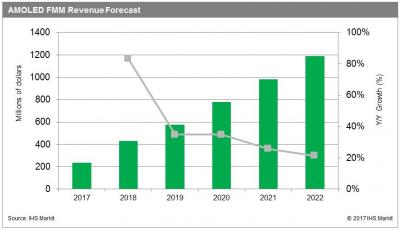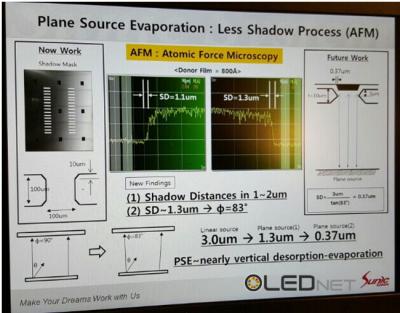Philoptics launches a new project to develop innovative FMM masks built using Electro forming
Korea-based optical equipment maker Philoptics announced that it raised around $3.5 million that will be dedicated to the development of FMM technologies for OLED production. The company aims to raise a further $8.6 million by the end of the year to continue the development.
Philoptics will use the funds to finalize the development of 6-Gen FMM masks and build a pilot production line for these masks. Philoptics FMM production uses electro forming, where an invar is plated on a patterned substrate. The company says that using this method the FMM masks are thinner compared to other technologies which can increase the possible OLED resolutions under production.


